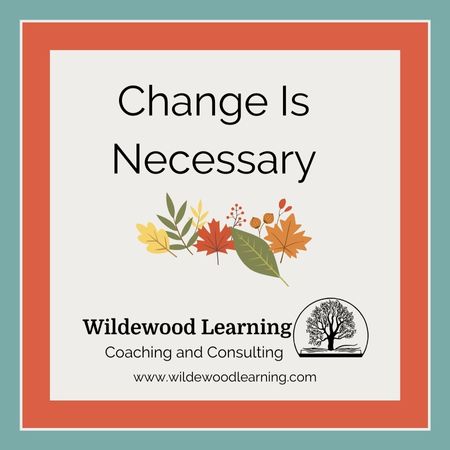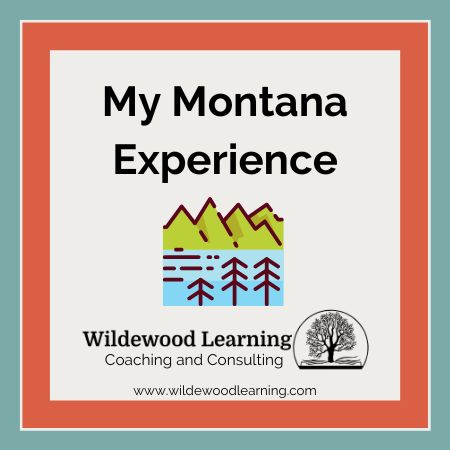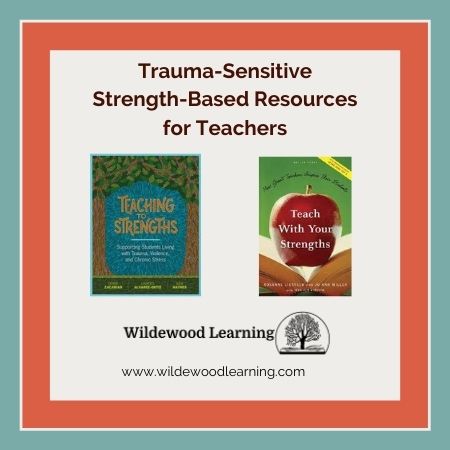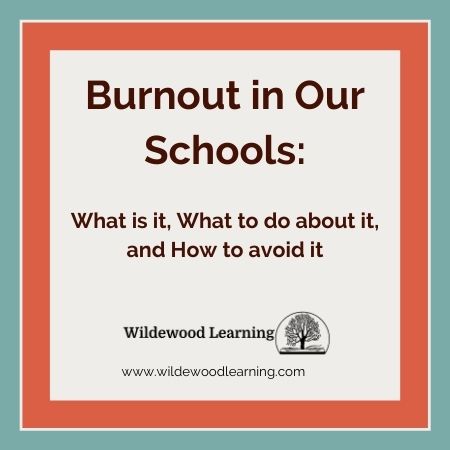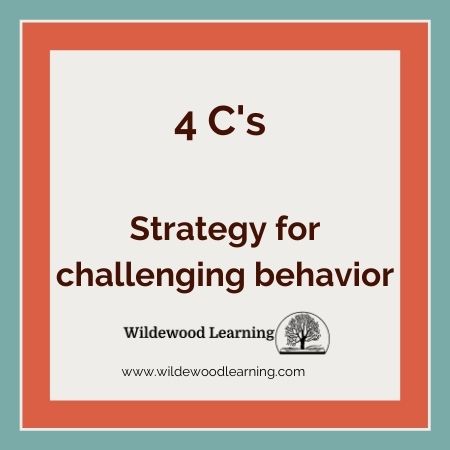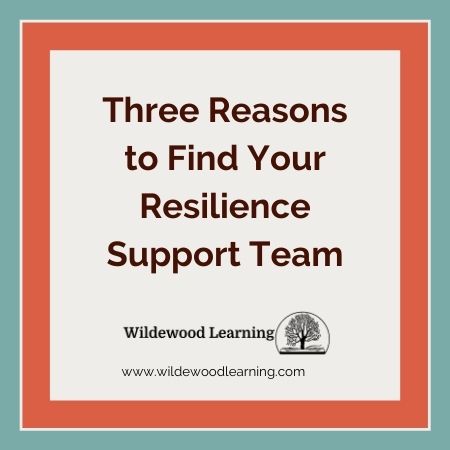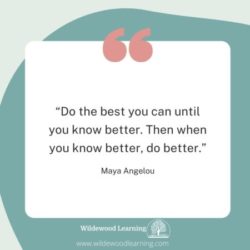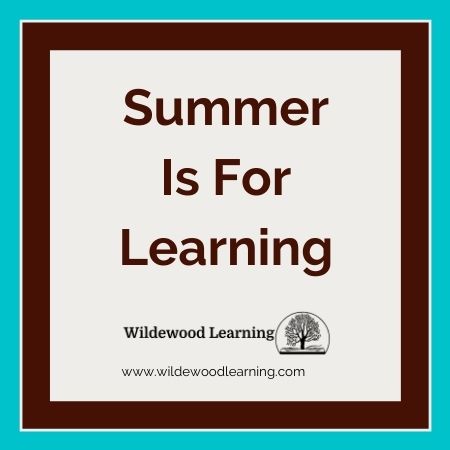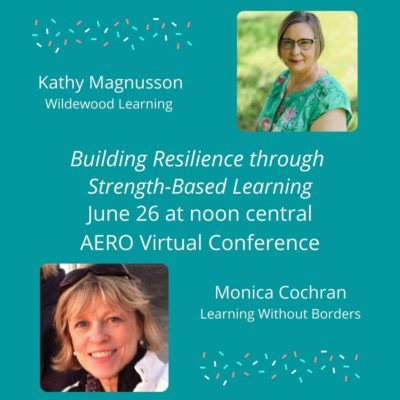What are You Carrying in Your Invisible Backpack
Have you ever stood outside a busy school and noticed all the bags and backpacks carried by students and teachers? The small backpack with a cute design on the front. Or the large over-the-shoulder backpack that could store everything, plus the kitchen sink!
We all have invisible backpacks that we carry with us to school or the workplace every day. Sometimes that inviable backpack is light; we have everything we need to feel safe and to go through our day. Then there are days when the invisible backpack is incredibly heavy, maybe even overwhelming.
An invisible backpack can be filled with,
- Caring for an elderly family member
- Someone being sick
- Grief over a loss of a loved one
- Concern for a family member with mental health issues
- Paying bills
- Losing a job
- Not knowing where the next meal is coming from
- The high expectations at work
Even positive activities can add to the weight of the invisible backpack, attending activities outside the work day and the tough decisions that need to be made, like what to make for supper. This backpack can be a heavy load carried daily by the people at your work.
Some days people come well-adjusted and well-prepared to take on the day; other days, not so much.
- What might your colleagues be carrying in their invisible backpacks?
- What might you be carrying in your invisible backpacks?
“Consider that everyone is doing the best they can.
Based on their knowledge, skills, and experiences,
they are making the best choices available to them.
Including you.”
Elana Aguilar. Onward
I have worked in several different school districts as a teacher. I had colleagues come to me and complain about another staff member that they perceived was not doing enough in the classroom, not being on committees, or leaving right at the end of contract time. I have also been that teacher to complain about others on staff. Little did I know what that person was carrying in their invisible backpack and how hurtful those assumptions can be on the workplace culture. In the workplace, there must be a balance of grace and compassion with work expectations.
Grace, compassion, and setting expectations for yourself and others are subjects that I have covered in the past. Grace to let go of my closely held expectations and simple acts of compassion can create a connection with others.
Grace can show up in your workplace by extending forgiveness to a colleague, overlooking an off-hand comment, or giving someone another chance.
Compassion involves not simply observing and feeling for the person in suffering but taking action to alleviate a person’s suffering. Compassion is different than empathy which is putting yourself in another’s shoes, and sympathy or pity creates an emotional distance between you and the other person. Compassion starts with listening with an open heart. Also, compassion for others begins with self-compassion, extending kindness to yourself, and refraining from the self-critical unforgiving voice in your head.
Expectations sometimes need to be lowered for us to have the strength and energy to make changes.
When you hold a space filled with grace, compassion, and lower expectations, you aren’t advocating for making excuses but for understanding ourselves and our co-workers.
You can increase your compassion and grace with co-workers by telling and listening to another’s story. Start a staff meeting or conversation with one of the sentence starters below and listen closely to the answers you hear.
- A positive experience I had with a co-worker was …
- A teacher that positively impacted me was ….
- Three things I’d like you to know about me are …
Bring grace and compassion into your workplace by recognizing the load some people are carrying and knowing they are doing their best at the moment, just like you.
Sources:
Onward: Cultivating Emotional Resilience in Educators by Elena Aguilar
White Privilege: Unpacking the Invisible Knapsack by Peggy McIntosh
Introduction to Trauma Informed Education workbook by Dr. Jessica Doering


